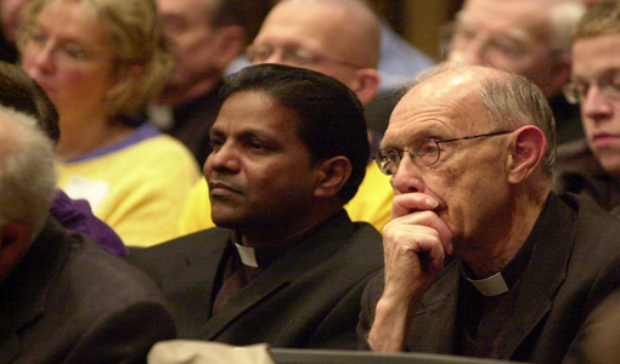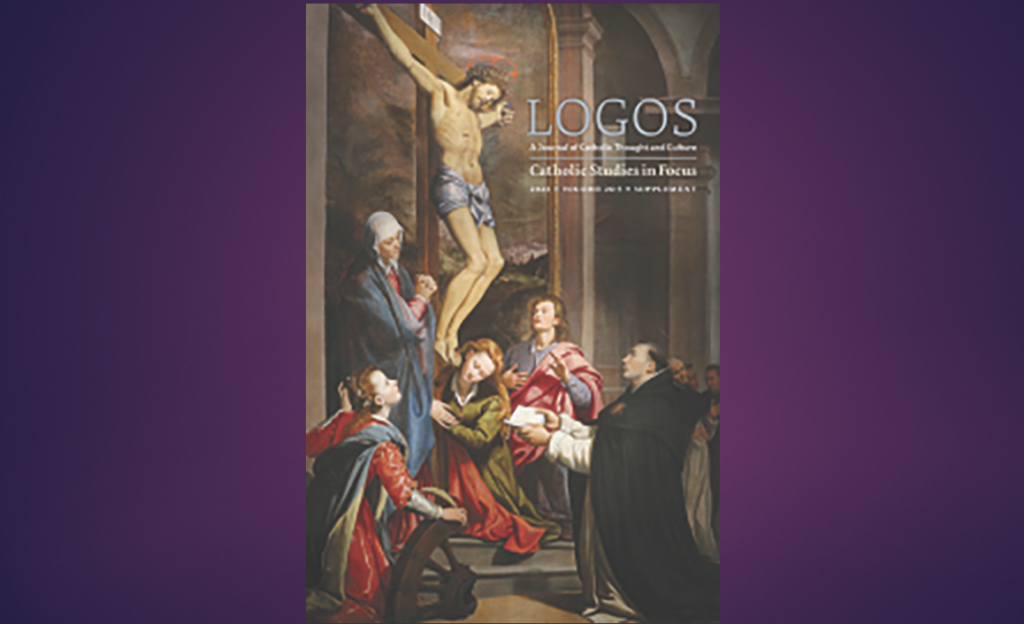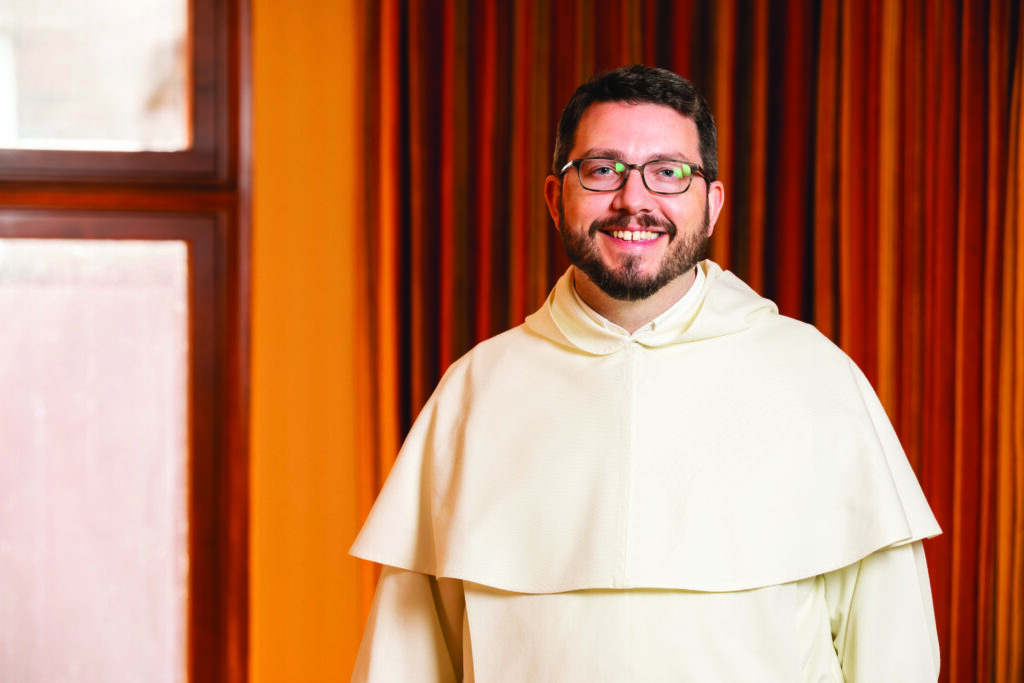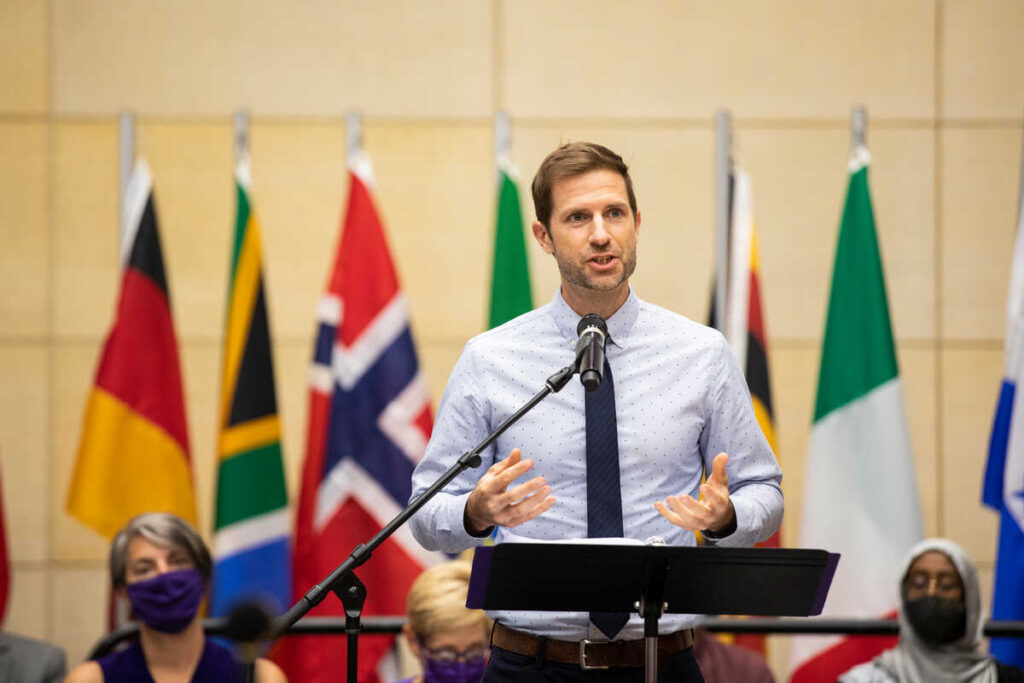Casa Guadalupana Catholic Worker house ’s life. He first met her in 1960 when, shortly after converting to Catholicism, he took a leave from the Navy and visited the Catholic Worker in New York. Forest was 19 and Day was 63.
Six months later, Forest joined the Catholic Worker staff after his discharge from the Navy as a conscientious objector. As the managing editor of the Catholic Worker newspaper, he worked closely with Day and soon began accompanying her on many speaking engagements throughout the country. Their friendship became a life-changing experience for him.
Forest spoke about how Day never planned to start a movement or come into the public eye. A shy person and a reluctant leader, her real passion was journalism, and while living in Manhattan with her sister and brother-in-law, she wrote voraciously and tried to support herself and her daughter, Tamar. On Dec. 8, 1932, however, Day witnessed a hunger march in Washington, D.C. Feeling restless about the direction of her life, she went into the unfinished Shrine of the Immaculate Conception to pray. With desperate tears, she pleaded with God to show her a way to bring together her religious conscience and her vocation as a journalist.
Returning to New York the next day, she met the Frenchman, Peter Maurin, who was sent to her by George Shuster, then editor of Commonweal. After weeks of conversation with ’s social consciences. This decision eventually led her to submit to a life of hospitality devoted to serving the needs of the poor and to living in community.
Forest described community life in New York as difficult and stressful, particularly among the staff. Yet, in the midst of a chaotic and intense environment, Day maintained an incredibly disciplined prayer life. She went to Mass every day, confession every week, and she drew life from the Psalms, the rosary, the Gospels, and her favorite literature, particularly Dostoyevsky. “She was the most religiouslycentered person I have ever known,” Forest explained. And yet, she was not a pious person who stood apart from others.
Although community members often turned to Day for the final word when conflicts arose, Forest insisted that Day was not a rigid or doctrinaire person. She repeated certain things over and over again, but in actuality, Forest explained, “she was one of the least ideological persons I have ever worked with.” In an age of ideology, when even Christianity was turned easily into a slogan, Day centered her life on the heart of the Gospel challenge (Matthew 25:35- 37). She was not intent on promoting a “movement,” but on being obedient to the costly path of discipleship. She knew herself to be far from perfect, but she persisted in her daily struggle to see Christ in each person who walked through the doors of the soup kitchen. The well-educated and the mentally ill were treated with equal respect and an uncanny attentiveness. “She was a real listener,” Forest remarked.“ She had a gift for seeing things in people they didn’t see in themselves, and helping them to see it.” She led Forest, for example, to experience the richness of Orthodox liturgy, and she introduced him to the Third Hour, a Christian ecumenical group that gathered to discuss the theology of the Eastern Church. Forest’s conversion to Orthodoxy began with Day’s insight into his own spiritual hunger.
For Forest, one of the most engaging parts of life in the Catholic Worker was sitting around a table and drinking tea, while Day would read aloud her letters and tell colorful stories. Although often overlooked in conventional portrayals, she had a rather earthy sense of humor and a mischievously shy laugh. She was not possessive of her friendships with well-known people and, consequently, urged Forest to respond to her letter from the famous monk of the Abbey of Gethsemani, Thomas Merton. This correspondence was the start of another transforming relationship in Forest’s own journey, for Merton became his confessor and “spiritual father.”
In concluding his talk, Forest remarked that today our stories about the saints often lack credibility because of our tendency to romanticize them and elevate them above the ordinary conflicts and tensions of human existence. We need to hear about the lives of the saints in such a way that we can find some connection or resonance between their lives and our own, he insisted. Too often we are left with the impression that certain saints lived apart from the arduous struggles and pains of the human predicament. In light of this problem, Forest did a masterful job of bringing to light the ordinariness of a woman who was truly heroic. In handing-on the story of Dorothy Day, he showed how a person could be a true window to Christ in her failings as much as in her achievements. Day was an exceptional woman who continues to afflict us in our comfort and comfort us in our affliction. She is a true companion for all who strive to love Christ in his “distressing disguise.”







